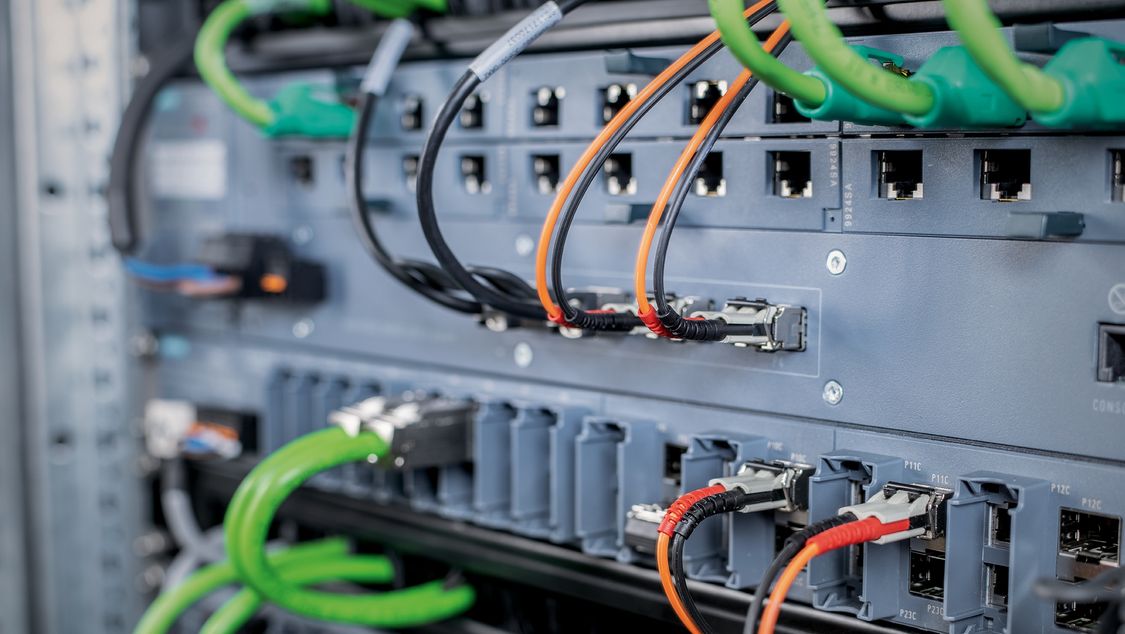
Absence of budget plan, the unclear path to ROI, incomplete critical vision, interoperability troubles. These are simply a few of the reasons the change to Industrial Ethernet has been slow-moving. However, while commercial leaders could do without Industrial Ethernet in the past, it’s ending up being increasingly crucial.
As your rivals buy artificial intelligence, as well as huge data to optimize operations, falling behind on Industrial Ethernet fostering is the last point you desire. But Industrial Ethernet isn’t the only concern, any longer.
In addition to Industrial Ethernet improvement, you need to prepare your network for the Industrial Internet of Things. Together, Industrial Ethernet and IIoT will assist you to benefit from your data to spot inadequacies faster, support service knowledge efforts, as well as cut costs in the long run.
Information is Every Little Thing in the Industrial Internet Of Things
Whether you’re operating in logistics, or within the operations of the vital framework, the key vehicle driver of IIoT is the requirement for information.
Smarter makers will have the ability to open better possibilities in quality assurance, supply chain traceability, and general uptime, yet if you can create a highly effective peer-to-peer style.
You might wonder this is different from the real-time control, automation, and sensor information you have used in the past. These data-driven abilities aren’t new, but they’ve never been readily available effortlessly across your network.
The typical master-slave architecture utilized in so many commercial setups will not support IIoT abilities. You require to break down the silos of your commercial network, as well as make it simple for anybody in the company to access data needed to drive service results.
And also this is where so many IIoT efforts fall flat. You understand the many advantages of information access as well as smooth connection. Yet when it comes to implementing on the factory floor, things are a bit more complicated.
From remote monitoring to more advanced automation capacities, you need an underlying network architecture with the ability to meet the demands to offer real-time data accessibility to company applications.
